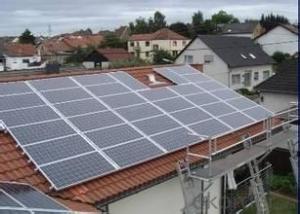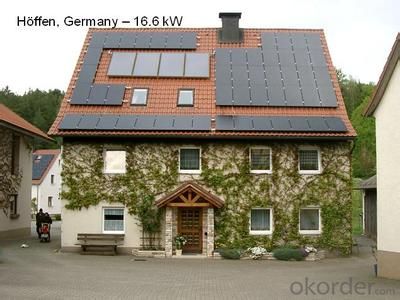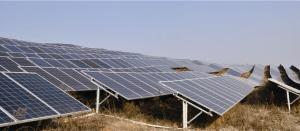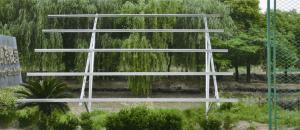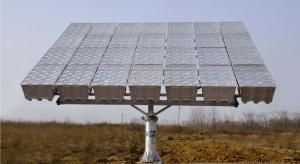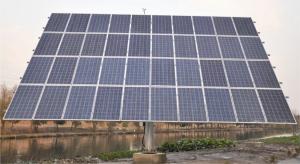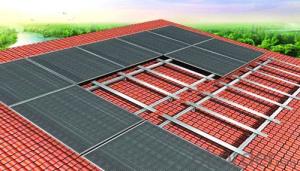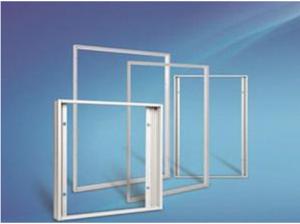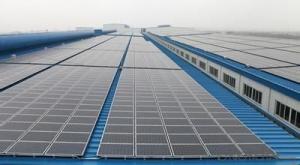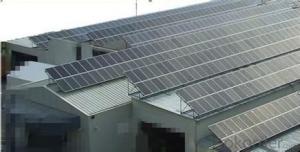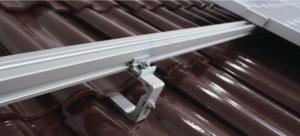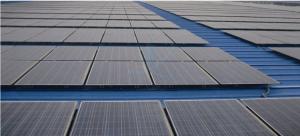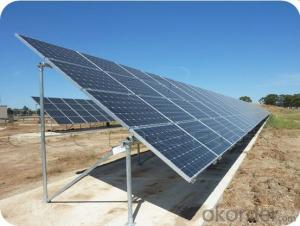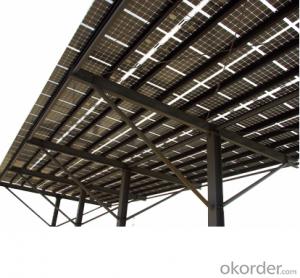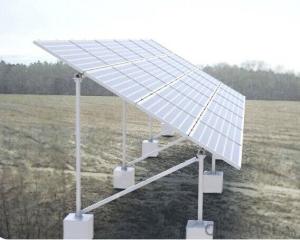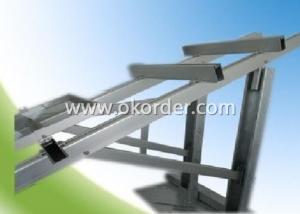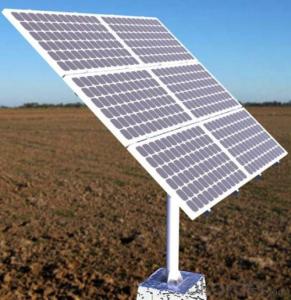Ironridge Solar Mounting Systems Compatible Slope Roof System - Plain Tile
- Loading Port:
- China Main Port
- Payment Terms:
- TT OR LC
- Min Order Qty:
- -
- Supply Capability:
- -
OKorder Service Pledge
OKorder Financial Service
You Might Also Like
Slope Roof System - plain tile
Die verschiedenen Komponenten für Schrägdächer - passgenau und für jede Situation maßgefertigt.
Die umfassende Auswahl an unterschiedlichen Komponenten und Systemen ermöglicht es,
mit Schletter-Systemen nahezu jede Modulkonfiguration auf jedem Dach zu befestigen.
Durch unsere hochwertigen und durchdachten Komponenten erzielen Sie schnelle Montagezeiten und verlässliche Haltbarkeit mit statischem Nachweis.
Bei der Auswahl der für Ihr Dach am besten geeigneten Variante haben Sie die Wahl zwischen einer dachparallelen und einer aufgeständerten Lösung.
Kreuzschienensystem für ungünstige Befestigungspunkte
Große Spannweiten möglich
Oftmals weniger Befestigungspunkte möglich
Genaue Einhaltung der Klemmbereiche des Moduls
Flexibel in der Montage
Kombinierbar mit allen Schletter-Systembauteilen
Aus günstigen Standard-Schienen aufzubauen
- Q: Can a solar mounting system be installed on a library or learning center?
- Yes, a solar mounting system can be installed on a library or learning center. Installing solar panels on the roof or surrounding area of a library or learning center can help generate clean and renewable energy to power the facility. This can contribute to reducing electricity costs and environmental impact, while also promoting sustainability and educating visitors about renewable energy.
- Q: How much space is required for a solar mounting system?
- The space required for a solar mounting system can vary depending on factors such as the size and number of solar panels, the type of mounting system used, and the specific site conditions. However, as a general guideline, a rough estimate would be that a solar mounting system typically requires around 100-150 square feet of space per kilowatt (kW) of installed solar capacity.
- Q: Can a solar mounting system be used with micro-inverters?
- Yes, a solar mounting system can be used with micro-inverters. Micro-inverters are designed to be compatible with various types of solar mounting systems, allowing for easy integration and optimal performance of the solar energy system.
- Q: Can a solar mounting system be used in areas with limited access to solar conferences?
- Yes, a solar mounting system can be used in areas with limited access to solar conferences. The installation and usage of a solar mounting system do not rely on attending conferences. The system can be designed, installed, and operated based on technical information, manuals, and guidelines provided by the manufacturer or industry experts. Online resources, webinars, and forums can also be utilized to stay updated on the latest advancements in solar technology and best practices.
- Q: Can a solar mounting system be integrated into the design of a building?
- Yes, a solar mounting system can be integrated into the design of a building. In fact, many modern buildings are designed with integrated solar panels and mounting systems to maximize energy efficiency and reduce environmental impact. These systems can be seamlessly incorporated into the architectural design, either as rooftop installations, facade-integrated panels, or as part of the building's structure itself. By integrating solar mounting systems into the building design, renewable energy generation can be seamlessly integrated, making it an aesthetically pleasing and sustainable solution.
- Q: Can a solar mounting system be installed on a flat roof?
- Yes, a solar mounting system can be installed on a flat roof. Flat roofs are suitable for solar panel installations as long as the necessary mounting structures, such as ballasted or penetrating mounts, are used to secure the panels in place.
- Q: Can solar mounting systems be installed on floating platforms?
- Yes, solar mounting systems can be installed on floating platforms. These floating platforms are specifically designed to support solar panels and enable them to float on bodies of water, such as lakes, reservoirs, and oceans. This innovative approach allows for efficient use of space, reduces land requirements, and can potentially increase the energy output of solar installations.
- Q: Can solar mounting systems be installed in areas prone to earthquakes?
- Yes, solar mounting systems can be installed in areas prone to earthquakes. However, special considerations and reinforcements need to be taken into account during the installation process to ensure the system's stability and durability in the event of seismic activity. Proper engineering and design techniques can help mitigate the risks associated with earthquakes and ensure the safe and reliable operation of solar mounting systems in such areas.
- Q: Are there any specific requirements for flashing when using a solar mounting system on an asphalt shingle roof?
- Yes, there are specific requirements for flashing when using a solar mounting system on an asphalt shingle roof. Flashing is essential to ensure the integrity of the roof and prevent any potential leaks. It is important to use quality flashing materials that are compatible with both the solar mounting system and the asphalt shingles. Proper installation techniques should be followed, including proper sealing and integration with the existing roof flashing. Additionally, it is crucial to comply with local building codes and manufacturer guidelines to ensure a safe and effective solar installation on an asphalt shingle roof.
- Q: Can a solar mounting system be used in areas with solar grants for nonprofits?
- Yes, a solar mounting system can be used in areas with solar grants for nonprofits. These grants are specifically designed to support nonprofit organizations in adopting renewable energy solutions such as solar power. By installing a solar mounting system, nonprofits can take advantage of these grants to offset the cost of the system and reduce their reliance on traditional energy sources.
Send your message to us
Ironridge Solar Mounting Systems Compatible Slope Roof System - Plain Tile
- Loading Port:
- China Main Port
- Payment Terms:
- TT OR LC
- Min Order Qty:
- -
- Supply Capability:
- -
OKorder Service Pledge
OKorder Financial Service
Similar products
Hot products
Hot Searches
Related keywords
